Home>Furniture & Design>Outdoor Furniture>What To Use To Treat Wood For Outdoor Use
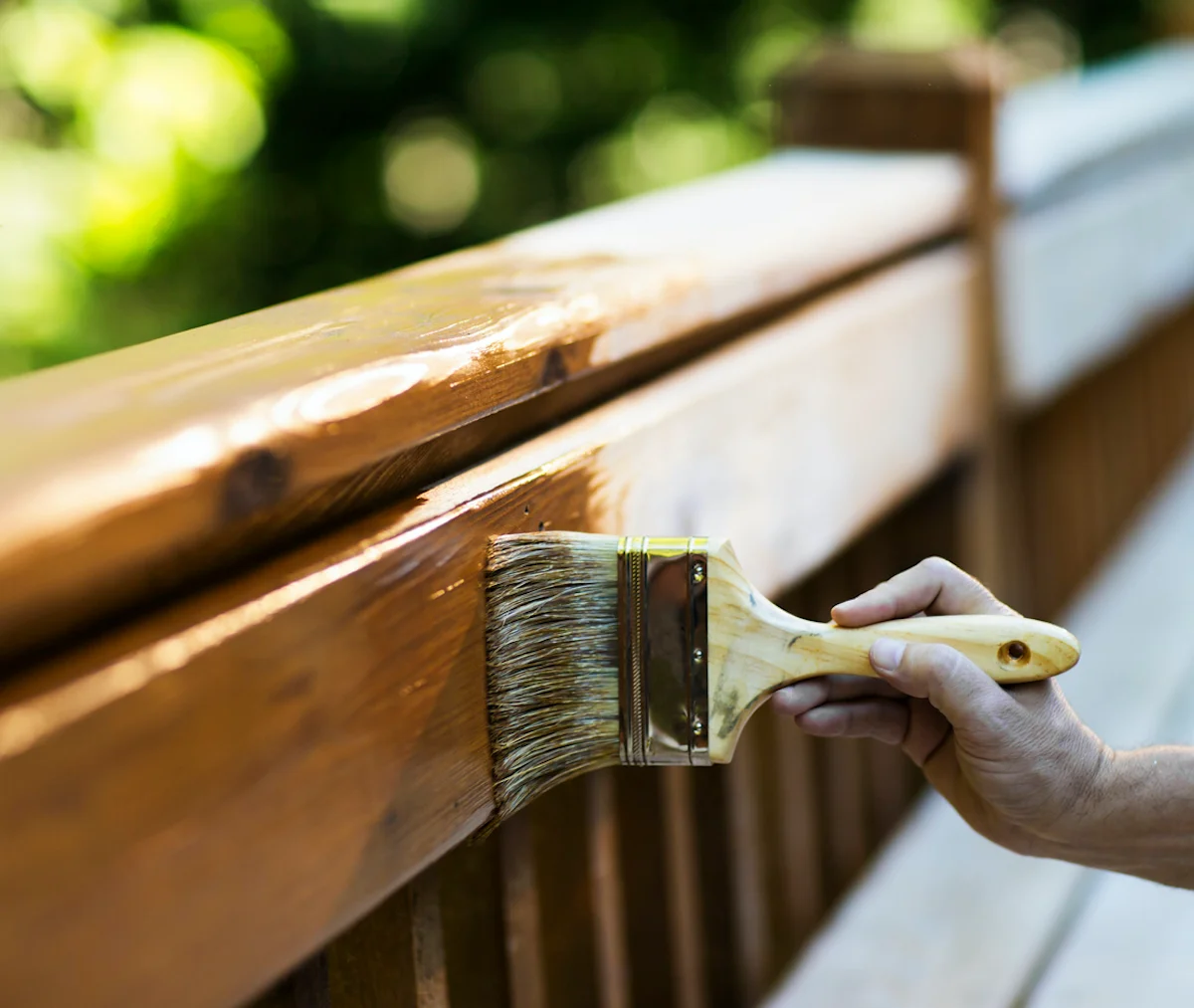

Outdoor Furniture
What To Use To Treat Wood For Outdoor Use
Modified: March 16, 2024
Looking for the best treatment for outdoor wood furniture and design? Discover effective solutions for preserving and protecting outdoor wood.
(Many of the links in this article redirect to a specific reviewed product. Your purchase of these products through affiliate links helps to generate commission for Storables.com, at no extra cost. Learn more)
Introduction
Welcome to the world of outdoor furniture and design, where the beauty of nature meets the craftsmanship of human hands. When it comes to creating the perfect outdoor oasis, wood has long been a top choice for its natural beauty and durability. However, to ensure that your wooden outdoor furniture and structures stand the test of time, it’s essential to treat the wood properly.
Wood treatment for outdoor use involves a combination of techniques and products designed to protect the wood from the elements, pests, and general wear and tear. Whether you’re a seasoned outdoor furniture enthusiast or a newcomer to the world of wood care, understanding the various treatment options available is crucial for making informed decisions about your outdoor space.
In this comprehensive guide, we’ll delve into the intricacies of wood treatment for outdoor use, exploring the different types of treatments, factors to consider when choosing the right treatment, and the application and maintenance processes. By the end of this journey, you’ll be equipped with the knowledge to preserve and enhance the natural allure of wood in your outdoor haven.
Key Takeaways:
- Protect outdoor wood furniture with stains, oils, or sealants to prevent moisture damage and maintain its natural beauty. Consider wood type, aesthetics, and environmental exposure when choosing the right treatment.
- Properly apply and maintain wood treatments to ensure longevity. Regular inspection, cleaning, and reapplication are essential for preserving the allure of outdoor wood furnishings and structures.
Read more: How To Treat Untreated Wood For Outdoor Use
Understanding Wood Treatment
Wood treatment is a process that aims to enhance the natural properties of wood while protecting it from degradation caused by environmental factors. When it comes to outdoor use, the primary concerns are moisture, UV exposure, and insect infestation. Without proper treatment, wood can deteriorate, warp, or become susceptible to rot and decay.
One of the fundamental aspects of wood treatment is understanding the anatomy of wood. Wood comprises both cellulose and lignin, which are susceptible to degradation when exposed to moisture and sunlight. Additionally, the porous nature of wood makes it an inviting habitat for insects and fungi, further emphasizing the need for effective treatment.
Wood treatments typically involve the application of protective coatings, such as oils, stains, and sealants, that penetrate the wood to create a barrier against moisture and UV rays. In some cases, chemical preservatives are used to deter insect infestation and prevent fungal growth. The goal is to maintain the structural integrity of the wood while preserving its natural beauty.
Understanding the specific environmental conditions to which the wood will be exposed is crucial for determining the most suitable treatment. Factors such as climate, humidity levels, and the frequency of exposure to sunlight play a significant role in selecting the appropriate treatment methods and products.
Furthermore, the type of wood being treated also influences the choice of treatment. Hardwoods, such as teak and cedar, have natural oils that offer some degree of protection, whereas softwoods, like pine and spruce, may require more intensive treatment to achieve optimal durability.
By gaining a deeper understanding of wood treatment and its underlying principles, you’ll be better equipped to make informed decisions when it comes to preserving and enhancing the longevity of your outdoor wood furniture and structures.
Types of Wood Treatments
Wood treatments for outdoor use encompass a diverse array of products and techniques, each tailored to address specific preservation needs and aesthetic preferences. Understanding the different types of wood treatments is essential for selecting the most suitable approach for your outdoor furniture and structures.
1. Stains and Sealants: Stains are designed to enhance the natural color of the wood while providing a protective barrier against moisture and UV rays. Sealants, on the other hand, create a waterproof layer that prevents water penetration. Both stains and sealants are popular choices for preserving the visual appeal of wood while offering essential protection.
2. Oils: Natural oils, such as linseed oil and tung oil, are renowned for their ability to penetrate the wood, nourishing it from within and providing a rich, lustrous finish. These oils offer moderate protection against moisture and UV damage and are favored for their ability to bring out the wood’s natural beauty.
3. Varnishes and Lacquers: Varnishes and lacquers form a durable, glossy coating on the wood surface, providing robust protection against moisture, UV exposure, and general wear. They are ideal for high-traffic outdoor furniture and areas that require a high level of resistance to environmental elements.
4. Pressure Treatment: Pressure-treated wood involves the infusion of preservatives into the wood under high pressure, significantly enhancing its resistance to rot, decay, and insect damage. This method is commonly used for outdoor structures like decks, fences, and pergolas.
5. Paints: While not as common for outdoor wood treatment due to their opaque nature, paints can provide a vibrant, customizable finish while offering substantial protection against the elements. Proper surface preparation and maintenance are crucial for ensuring the longevity of painted wood surfaces.
6. Chemical Preservatives: Chemical treatments, such as copper-based compounds and borates, are applied to wood to deter insect infestation and fungal growth. These treatments are particularly valuable for outdoor wood exposed to high levels of moisture and insect activity.
Each type of wood treatment offers unique benefits and considerations, and the choice depends on factors such as the type of wood, desired aesthetics, environmental conditions, and maintenance preferences. By exploring the diverse range of wood treatments, you can make an informed decision that aligns with your outdoor design vision and preservation goals.
To treat wood for outdoor use, use a wood preservative or sealant that is specifically designed for outdoor applications. Look for products that provide protection against moisture, UV rays, and mold. Apply according to the manufacturer’s instructions for best results.
Choosing the Right Wood Treatment
When it comes to selecting the ideal wood treatment for your outdoor furniture and structures, several key factors should guide your decision-making process. By considering these factors, you can ensure that the chosen treatment aligns with your preservation goals, aesthetic preferences, and environmental conditions.
1. Wood Type: The species of wood being treated plays a crucial role in determining the most suitable treatment. Hardwoods, such as teak and cedar, often require less intensive treatment due to their natural resistance to decay, while softwoods, like pine and spruce, may benefit from more robust protection.
2. Desired Aesthetics: Consider the visual impact you wish to achieve. If you want to maintain the natural look of the wood, transparent or semi-transparent treatments like stains and oils may be the preferred choice. For a more opaque finish or vibrant colors, paints and solid stains offer a wide range of customization options.
3. Environmental Exposure: Assess the environmental conditions to which the wood will be exposed. High humidity, intense sunlight, and frequent moisture exposure necessitate treatments with strong UV protection and waterproofing capabilities. Additionally, if the wood is in close proximity to soil or water, resistance to fungal decay and insect infestation becomes paramount.
4. Maintenance Preferences: Consider the level of maintenance you are willing to undertake. Some treatments may require periodic reapplication or touch-ups, while others offer long-lasting protection with minimal maintenance. Understanding the upkeep demands of each treatment type is essential for sustaining the wood’s longevity.
5. Sustainability and Health Considerations: Take into account the environmental impact and health considerations associated with the chosen treatment. Opt for treatments that align with sustainable forestry practices and minimize the use of harmful chemicals, promoting both environmental stewardship and the well-being of those interacting with the wood.
6. Compatibility with Other Materials: If your outdoor furniture incorporates various materials, such as metal or upholstery, ensure that the chosen wood treatment is compatible with these components. Some treatments may have adverse effects on certain materials, necessitating careful consideration of compatibility.
By carefully evaluating these factors and conducting thorough research on the available wood treatment options, you can make an informed decision that harmonizes with your outdoor design vision, durability requirements, and ethical considerations. Choosing the right wood treatment is a pivotal step in safeguarding the timeless allure of wood in your outdoor sanctuary.
Application and Maintenance
Proper application and ongoing maintenance are essential for maximizing the effectiveness of wood treatments and ensuring the longevity of outdoor wood furniture and structures. By adhering to best practices in application and maintenance, you can preserve the beauty and integrity of the wood, allowing it to withstand the rigors of outdoor exposure.
Application:
- Surface Preparation: Before applying any treatment, ensure that the wood surface is clean, dry, and free of debris. Sanding may be necessary to smooth out imperfections and create an optimal surface for treatment penetration.
- Even Application: Whether using a brush, roller, or sprayer, strive for an even application of the treatment to achieve uniform protection and aesthetic appeal. Follow the manufacturer’s guidelines regarding application methods and coverage rates.
- Multiple Coats: Depending on the type of treatment, applying multiple coats may be necessary to achieve the desired level of protection and visual enhancement. Allow adequate drying time between coats to ensure proper bonding.
- Weather Considerations: Choose a time for application when the weather conditions are conducive to drying and curing. Avoid treating wood in excessively high humidity or extreme temperatures, as this can compromise the effectiveness of the treatment.
Maintenance:
- Regular Inspection: Routinely inspect the wood for signs of wear, discoloration, or water penetration. Promptly address any issues to prevent further damage and maintain the wood’s integrity.
- Cleaning: Periodically clean the treated wood to remove dirt, grime, and environmental residues. Use a mild soap solution and a soft brush or cloth to avoid damaging the treatment.
- Reapplication: Depending on the specific treatment used and the level of exposure, periodic reapplication may be necessary to uphold the protective properties of the treatment. Follow the recommended reapplication schedule provided by the treatment manufacturer.
- Repairing Damage: In the event of scratches, abrasions, or localized wear, promptly repair the affected areas by sanding and reapplying the treatment to prevent moisture ingress and maintain the wood’s visual appeal.
By diligently following the application guidelines and implementing a proactive maintenance routine, you can safeguard the treated wood against environmental stressors and preserve its aesthetic allure for years to come. Remember that proper application and conscientious maintenance are the cornerstones of wood treatment longevity and the key to enjoying the timeless beauty of outdoor wood furnishings and structures.
Read more: How To Treat Pallet Wood For Outdoor Use
Conclusion
Congratulations on embarking on a journey to unlock the potential of wood treatment for your outdoor haven. As you’ve discovered, the world of wood treatment is rich with options, each offering unique benefits and considerations. By understanding the principles of wood treatment, exploring the diverse types of treatments available, and making informed decisions based on your specific needs, you are well-positioned to elevate the longevity and allure of your outdoor wood furniture and structures.
Remember that the choice of wood treatment is not merely a matter of preservation; it is an opportunity to enhance the natural beauty of wood, personalize your outdoor space, and create a sanctuary that beckons with timeless charm. Whether you opt for the warm luster of natural oils, the protective embrace of sealants, or the vibrant expression of paints, your chosen treatment will serve as a testament to your dedication to preserving the essence of nature within your outdoor oasis.
As you apply and maintain the selected treatment, consider it a labor of love—a commitment to nurturing and safeguarding the wood that enriches your outdoor environment. Through diligent care and attention, you’ll witness the wood’s resilience and enduring elegance, season after season.
Ultimately, the art of wood treatment is a harmonious blend of science, craftsmanship, and reverence for nature. It is an invitation to imbue your outdoor space with the timeless allure of wood while fortifying it against the elements. Embrace this opportunity to create an outdoor sanctuary that resonates with the echoes of tradition and the promise of enduring beauty.
May your journey with wood treatment be filled with discovery, creativity, and the fulfillment of transforming your outdoor space into a captivating retreat that celebrates the artistry of nature and design.
Frequently Asked Questions about What To Use To Treat Wood For Outdoor Use
Was this page helpful?
At Storables.com, we guarantee accurate and reliable information. Our content, validated by Expert Board Contributors, is crafted following stringent Editorial Policies. We're committed to providing you with well-researched, expert-backed insights for all your informational needs.
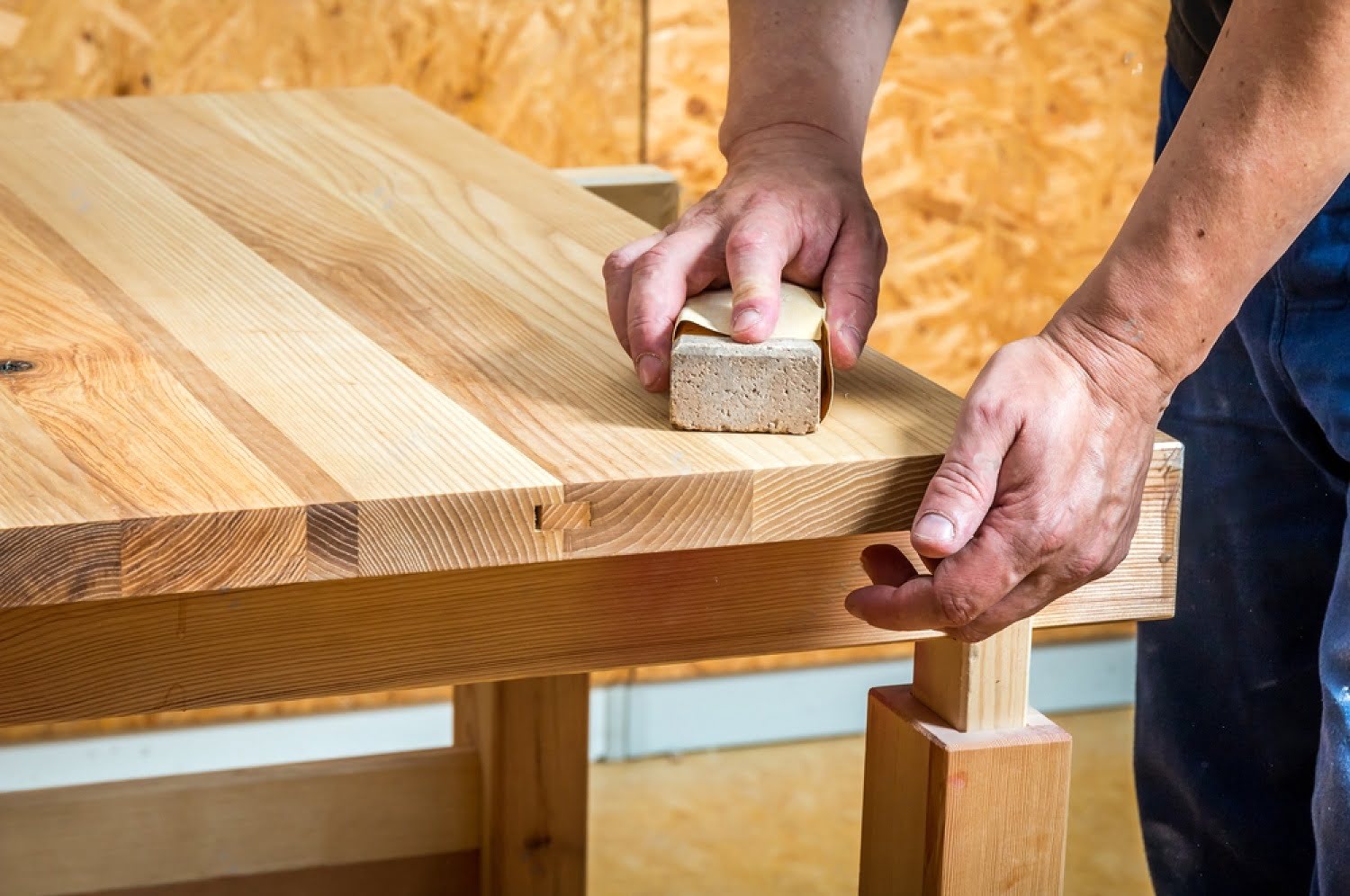
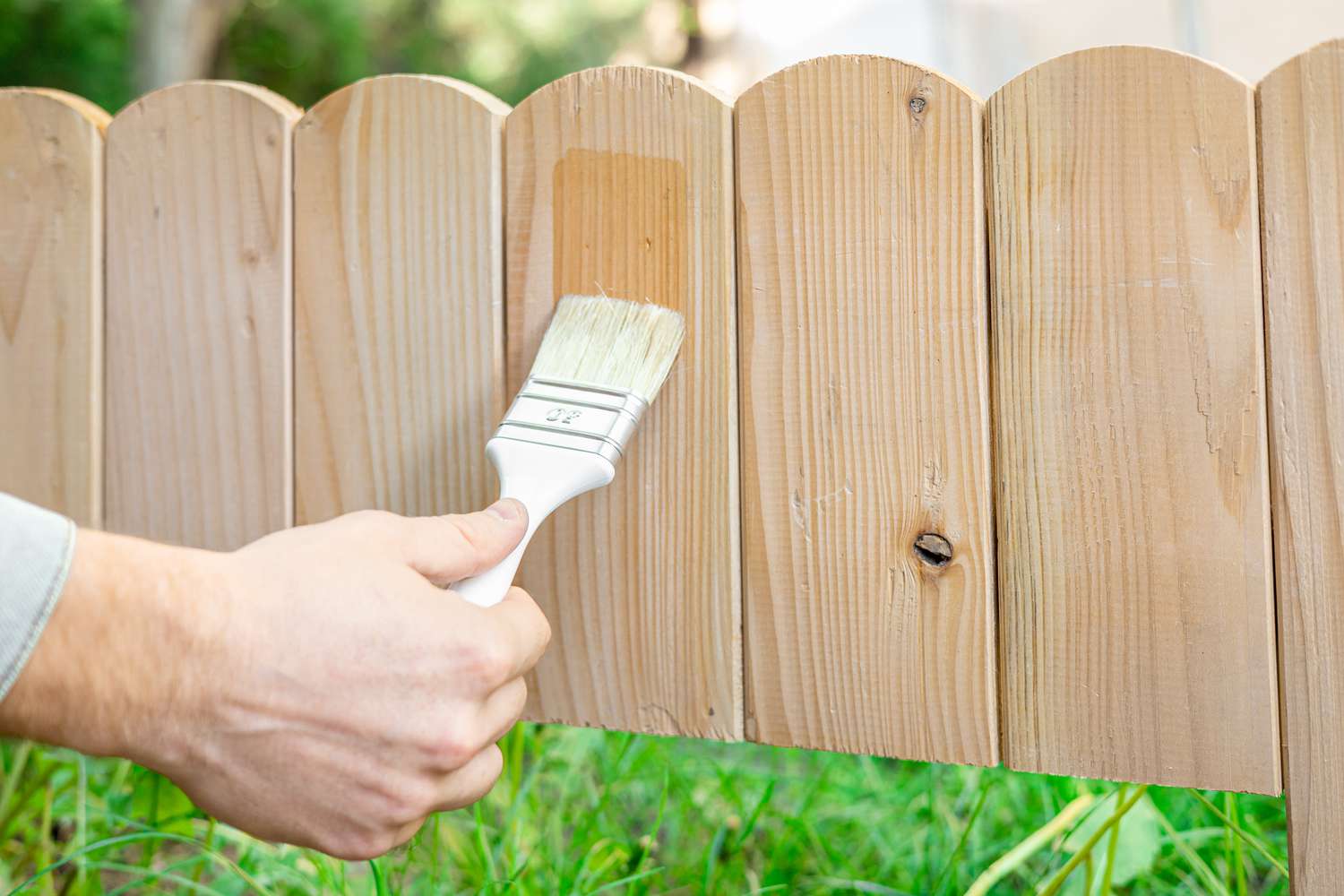
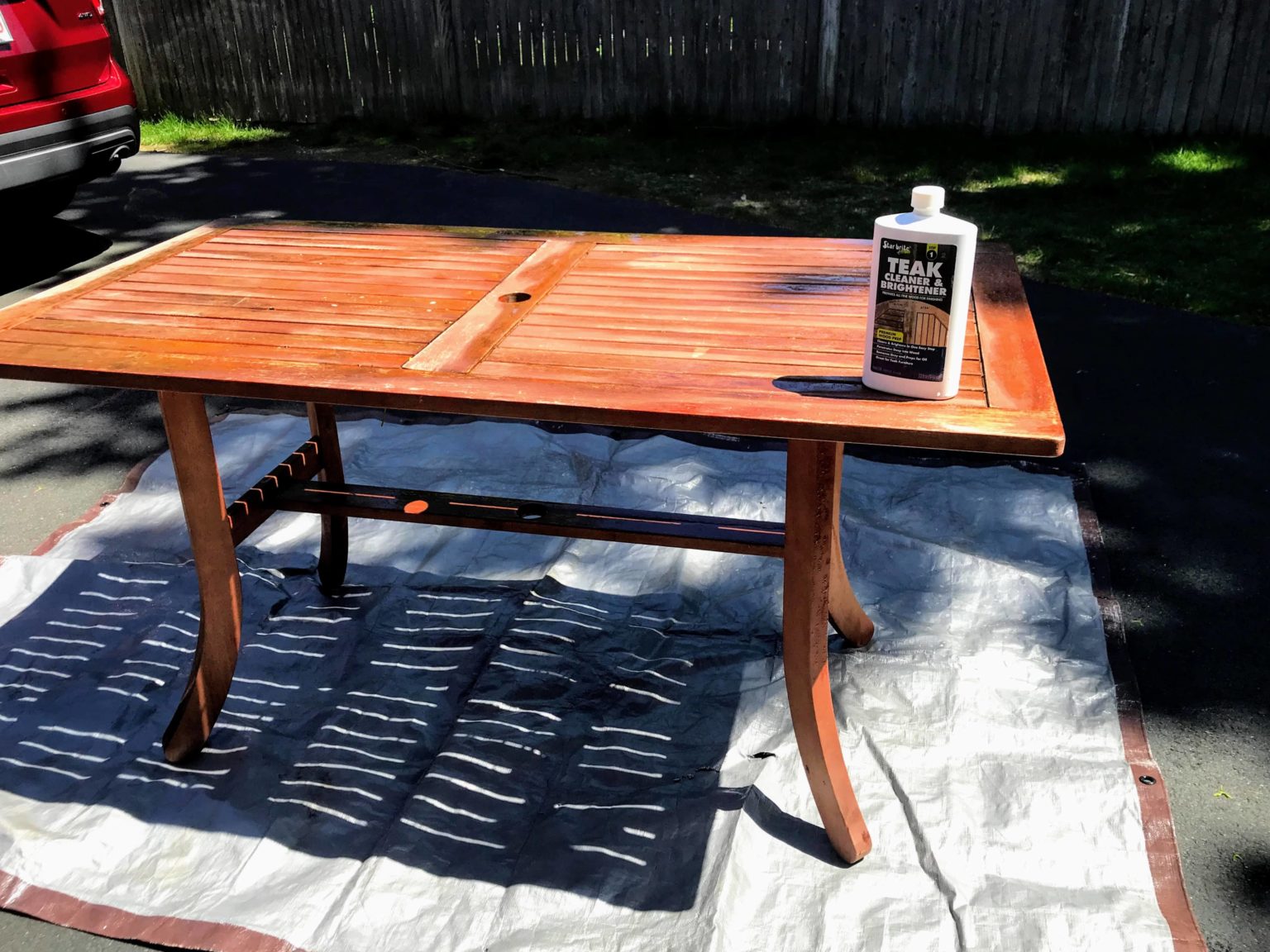
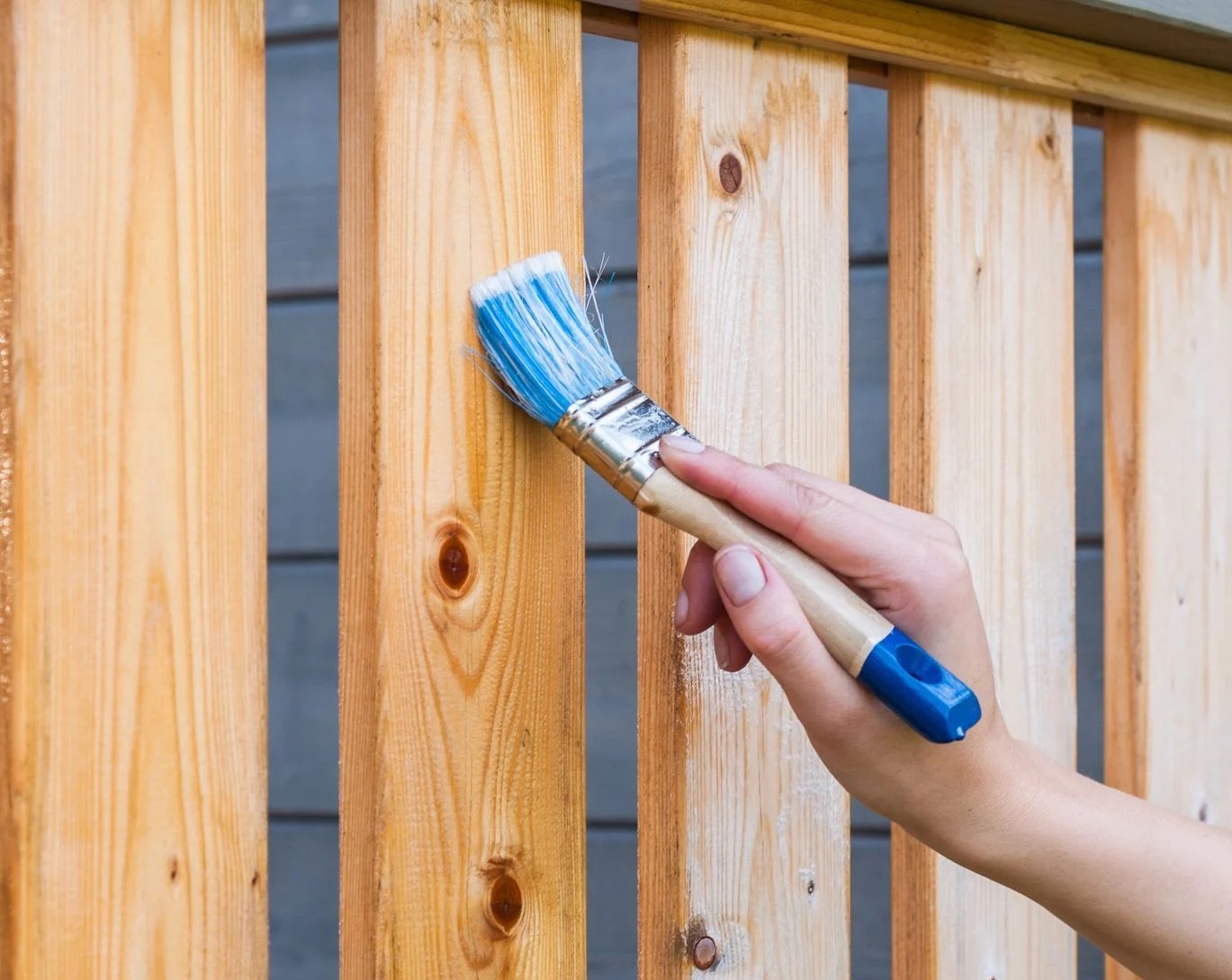

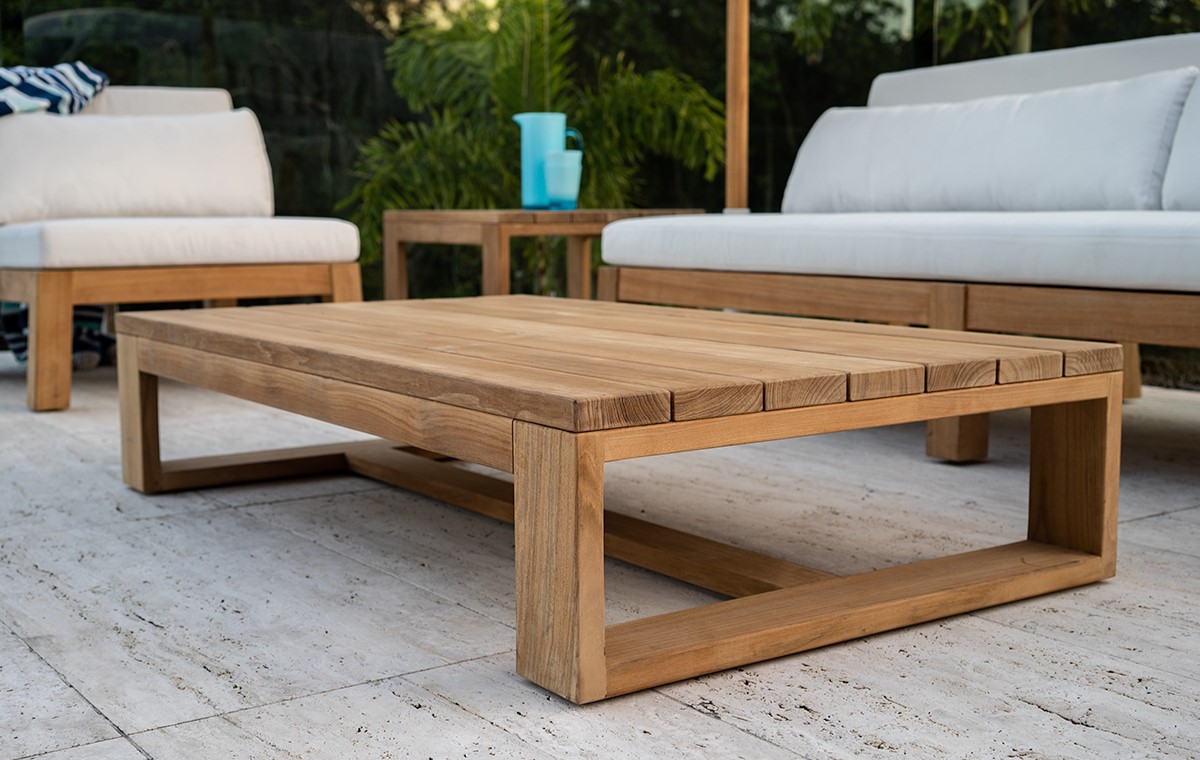
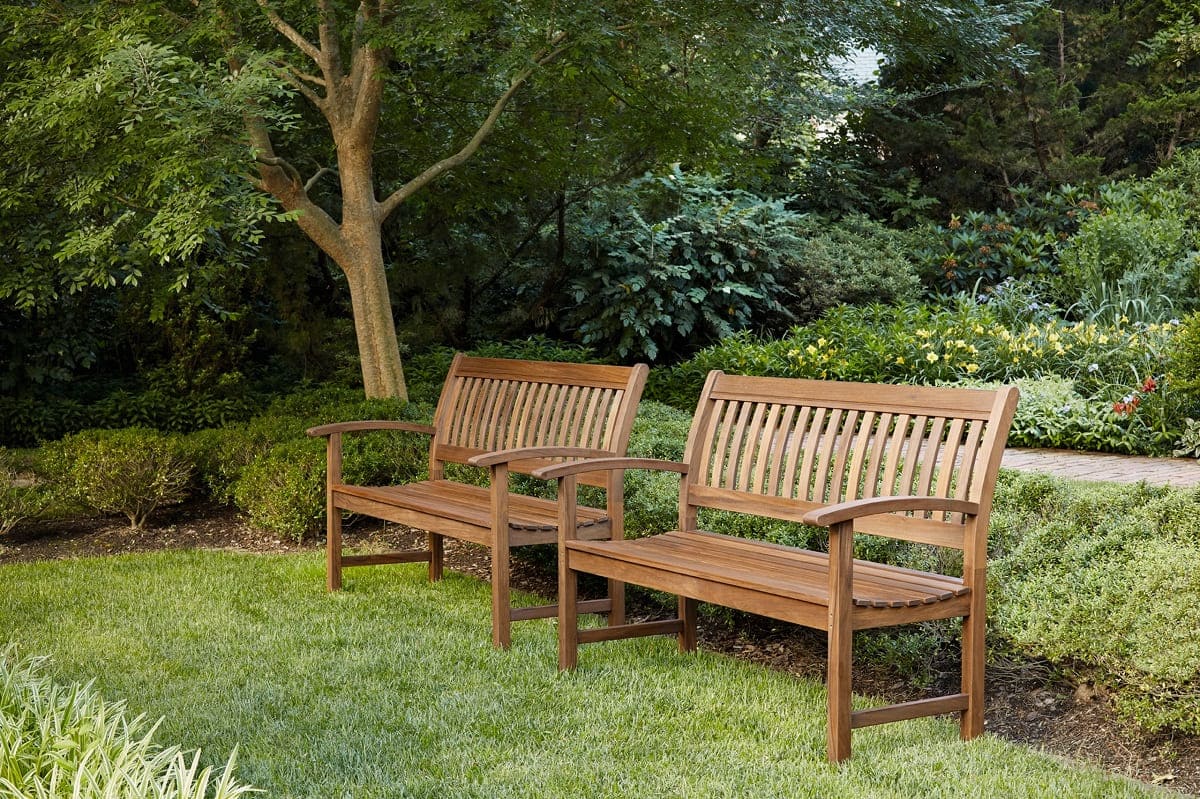
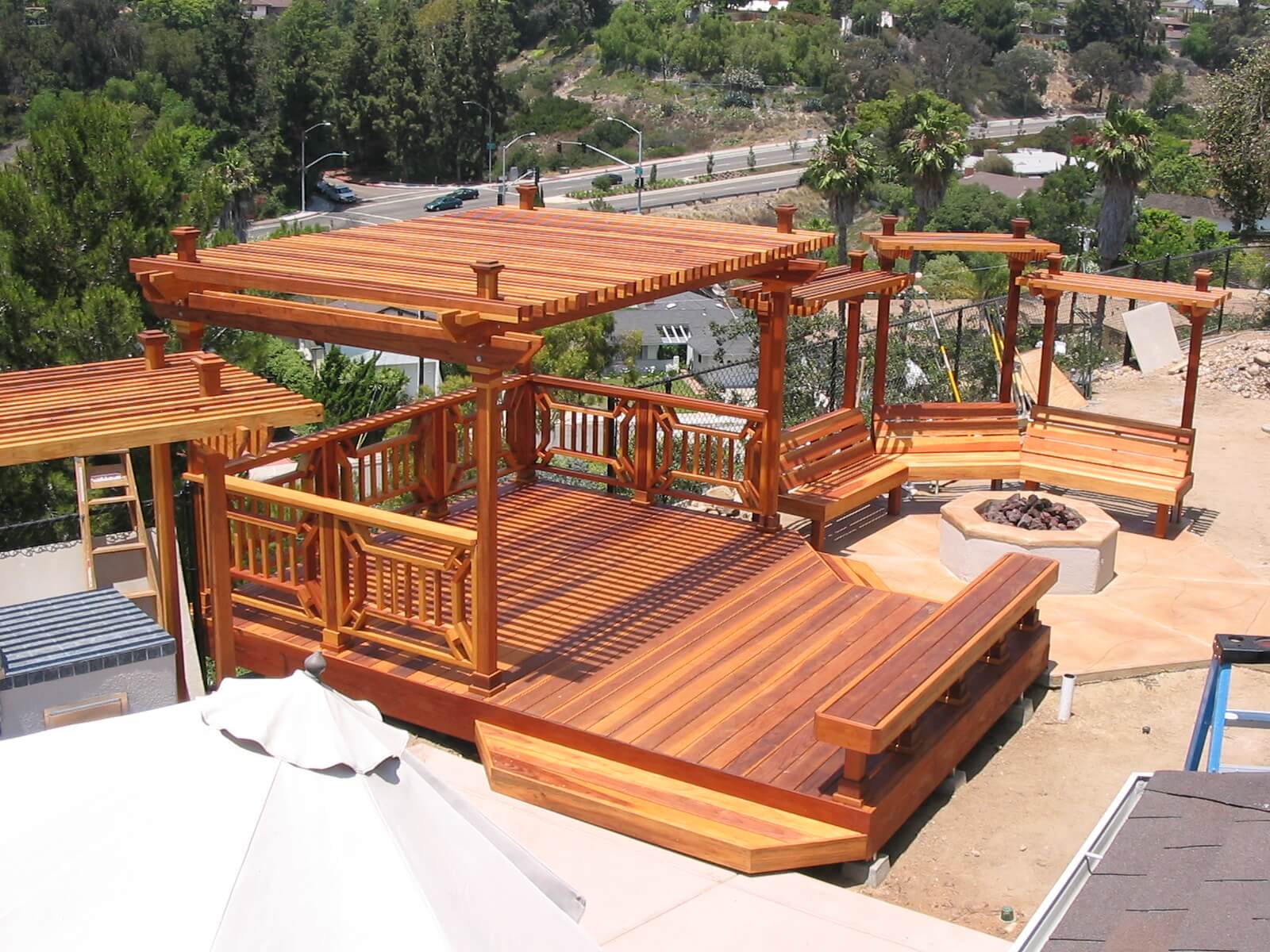
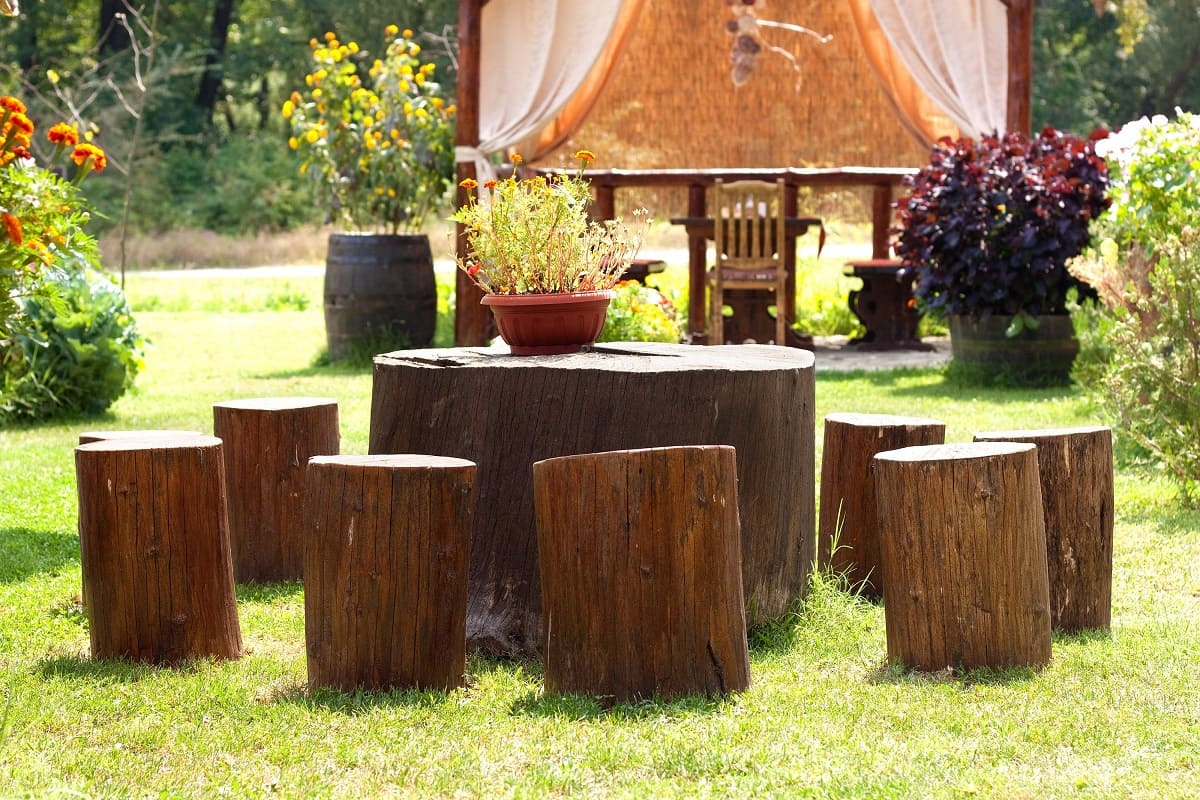
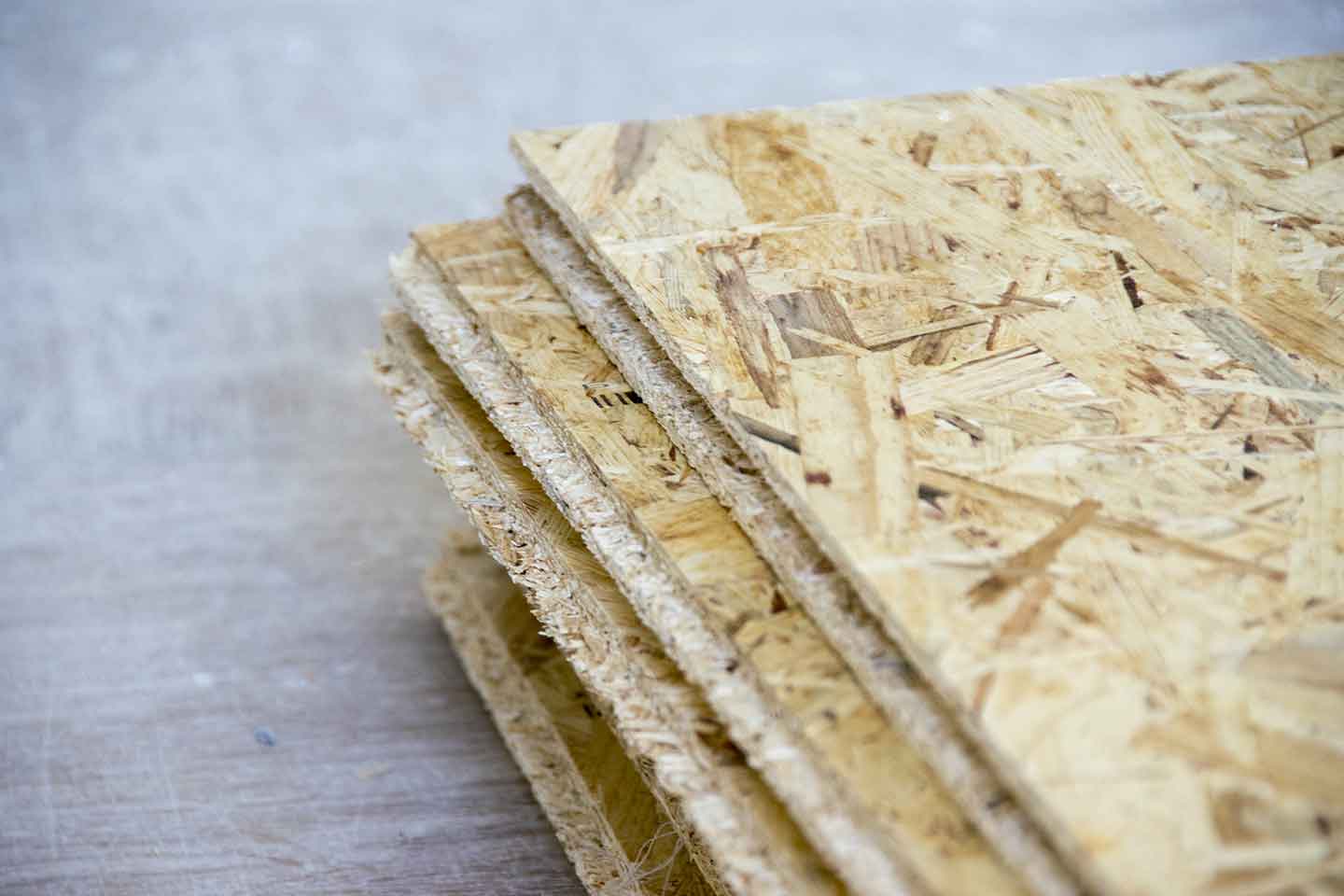
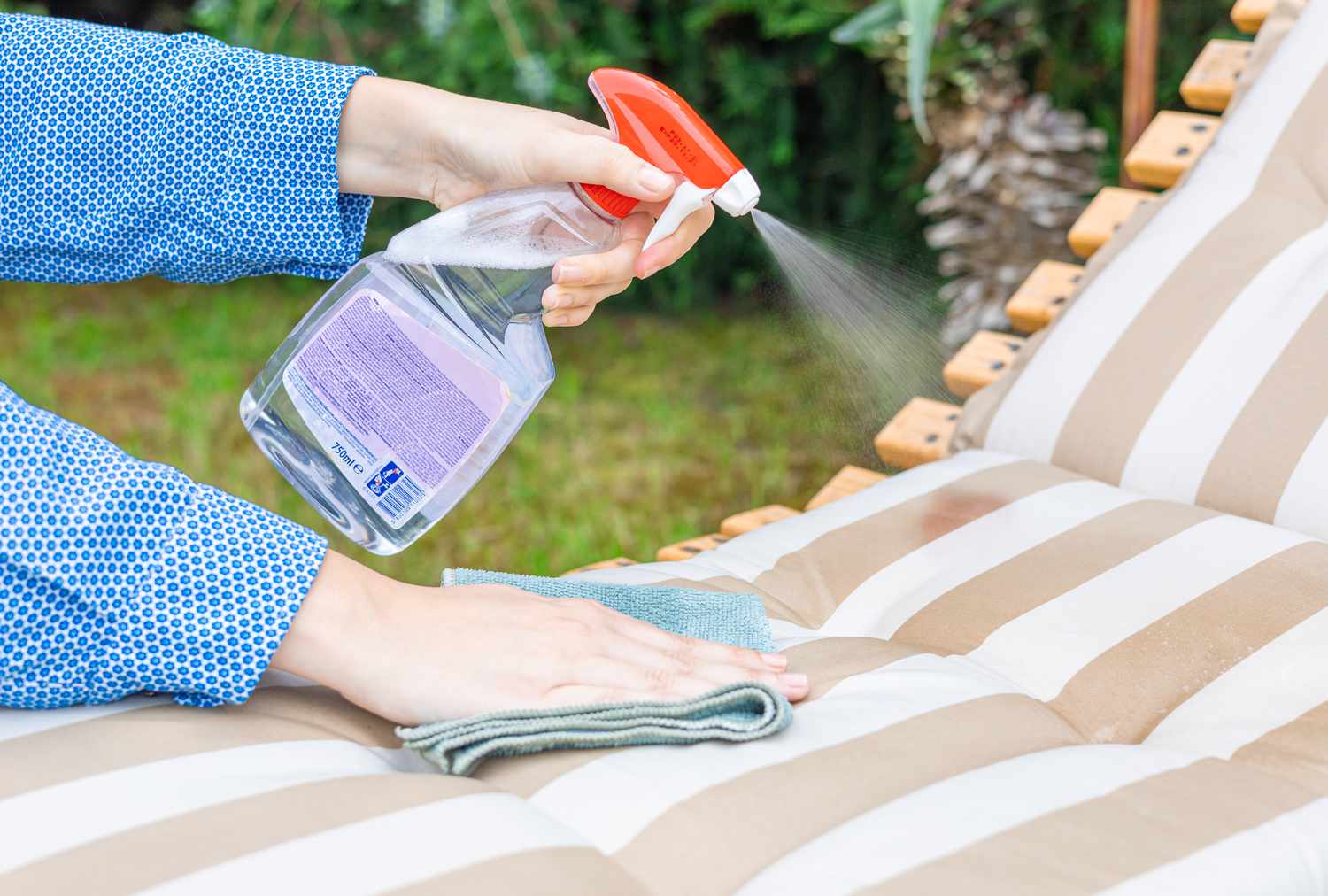
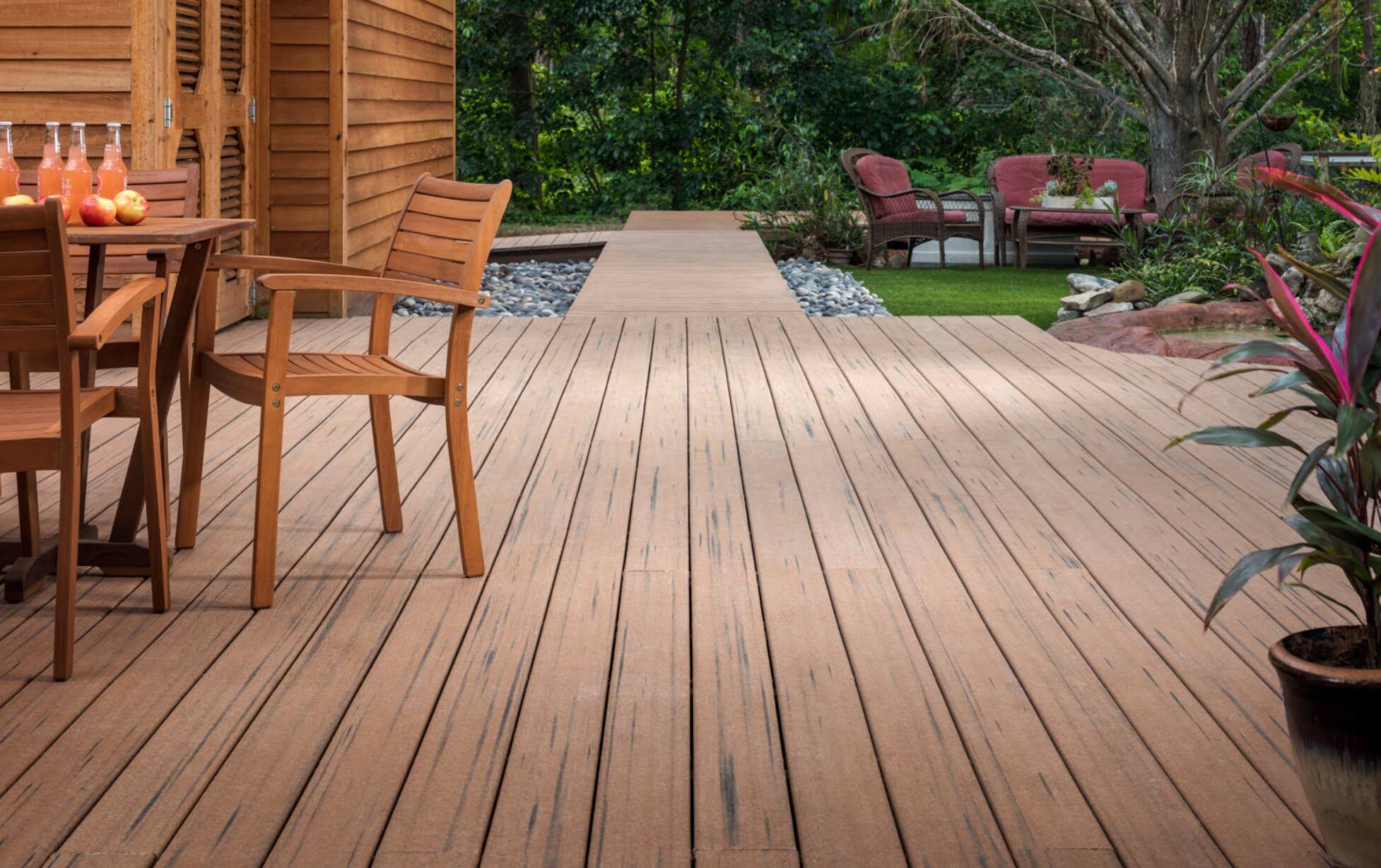
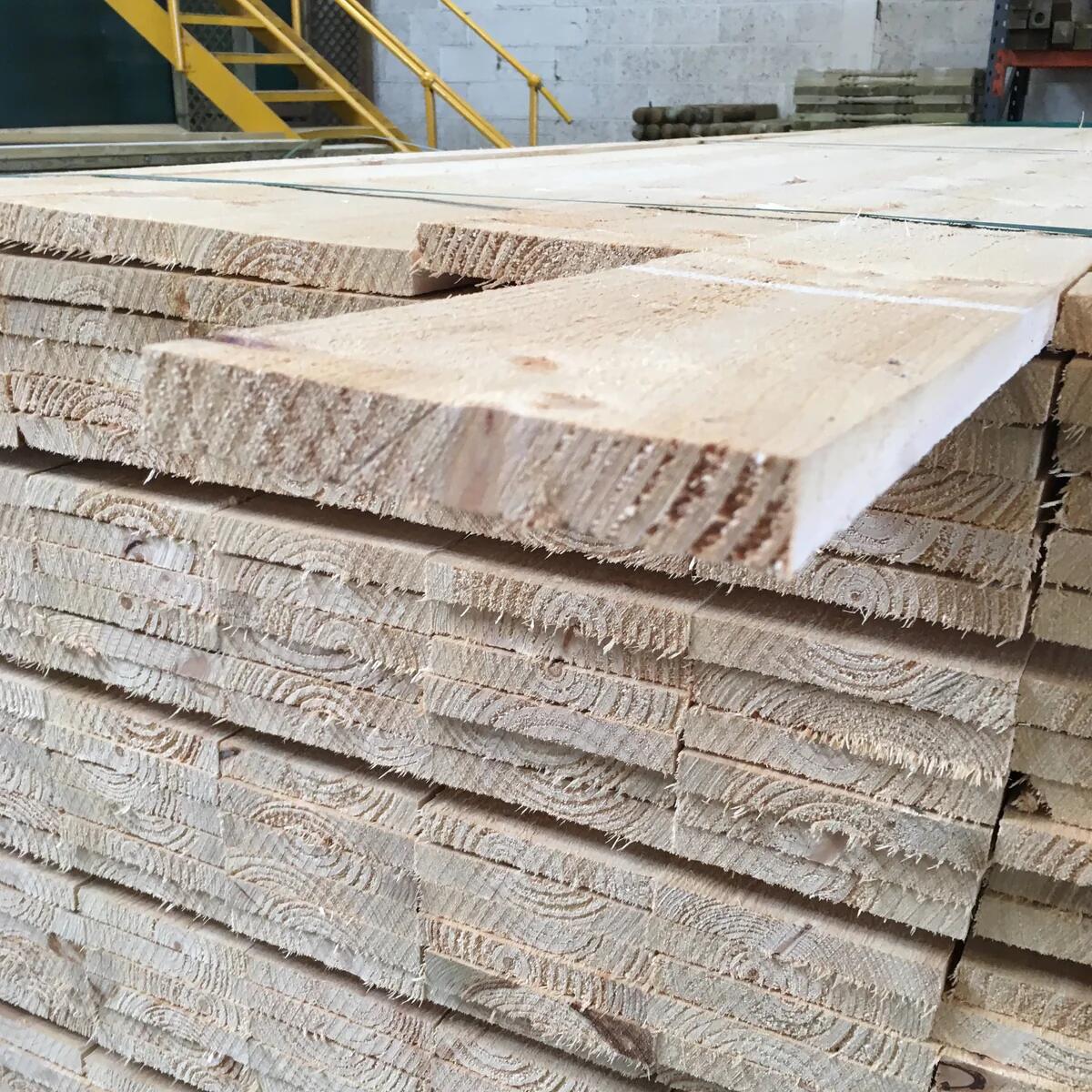
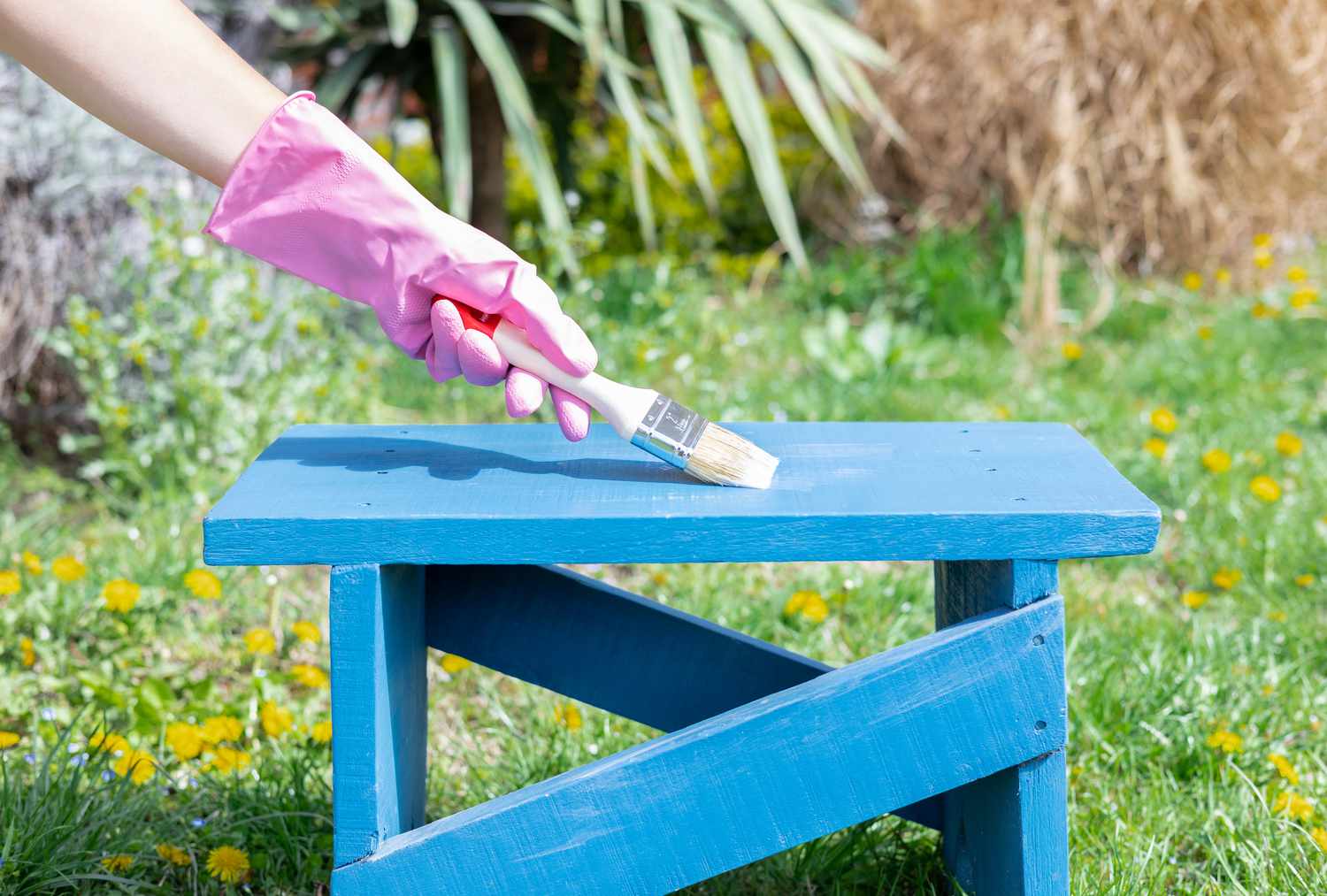

0 thoughts on “What To Use To Treat Wood For Outdoor Use”